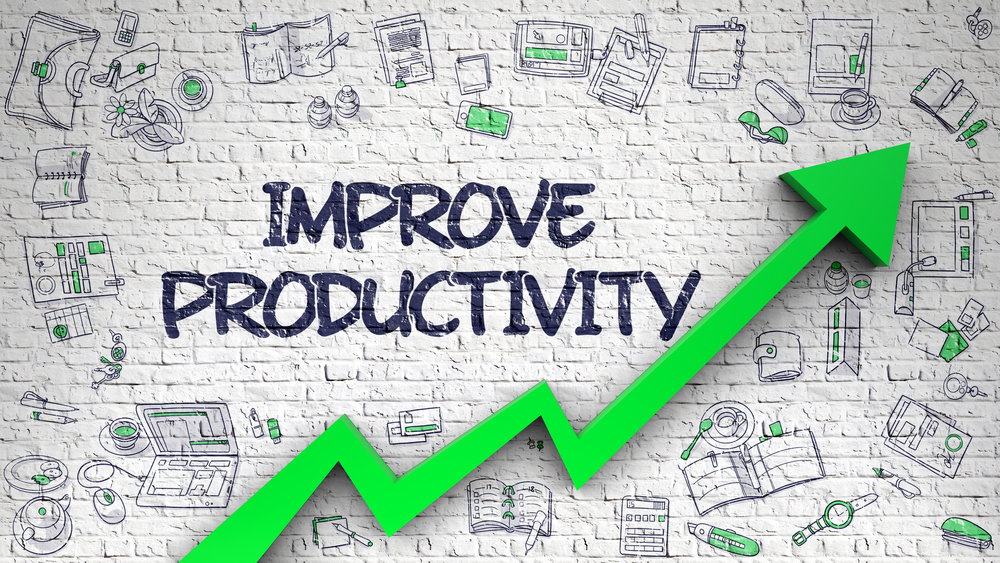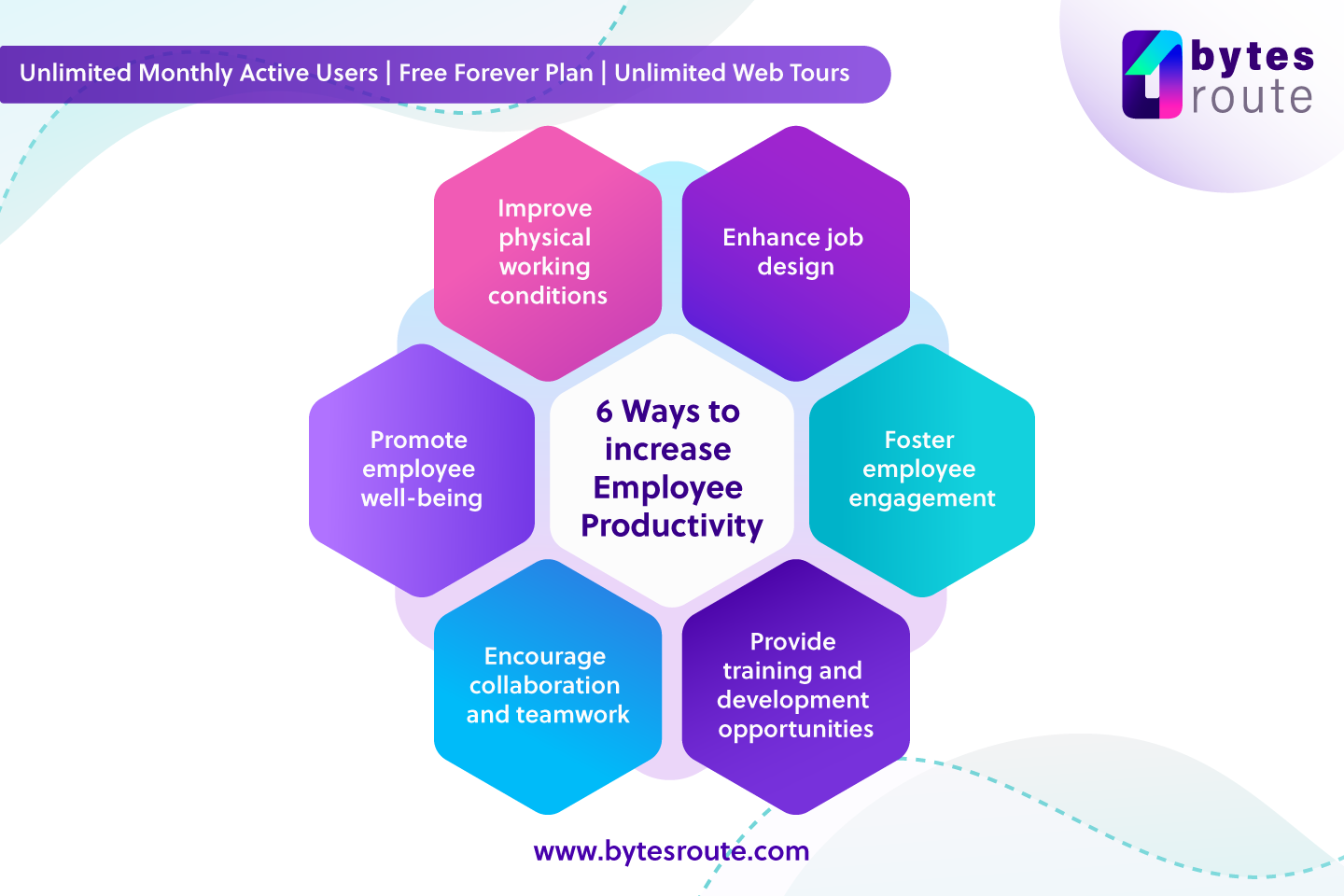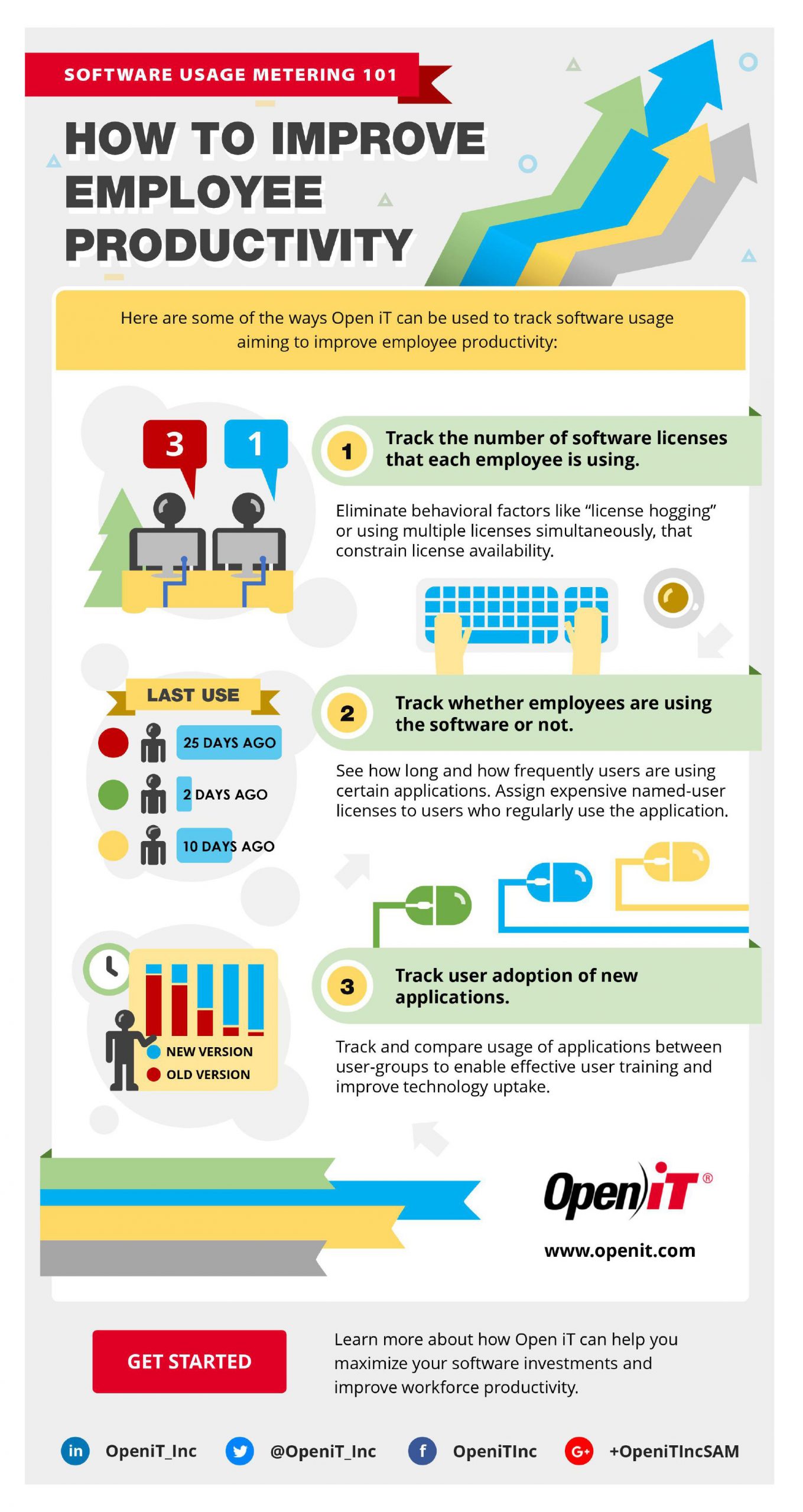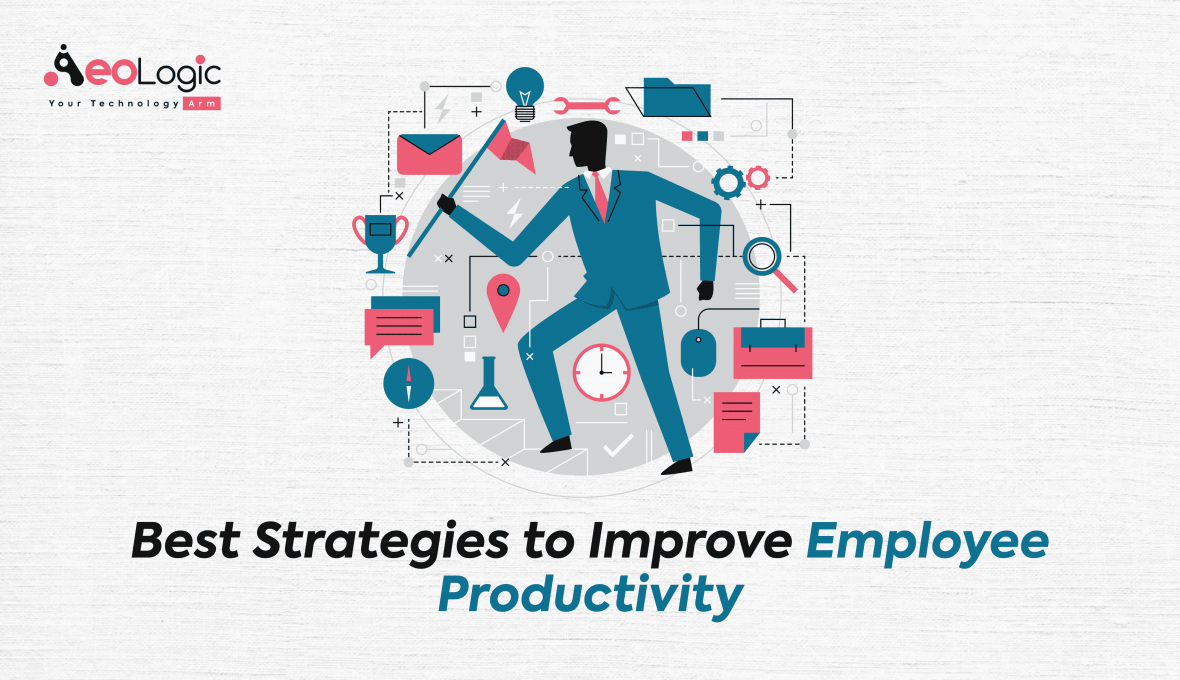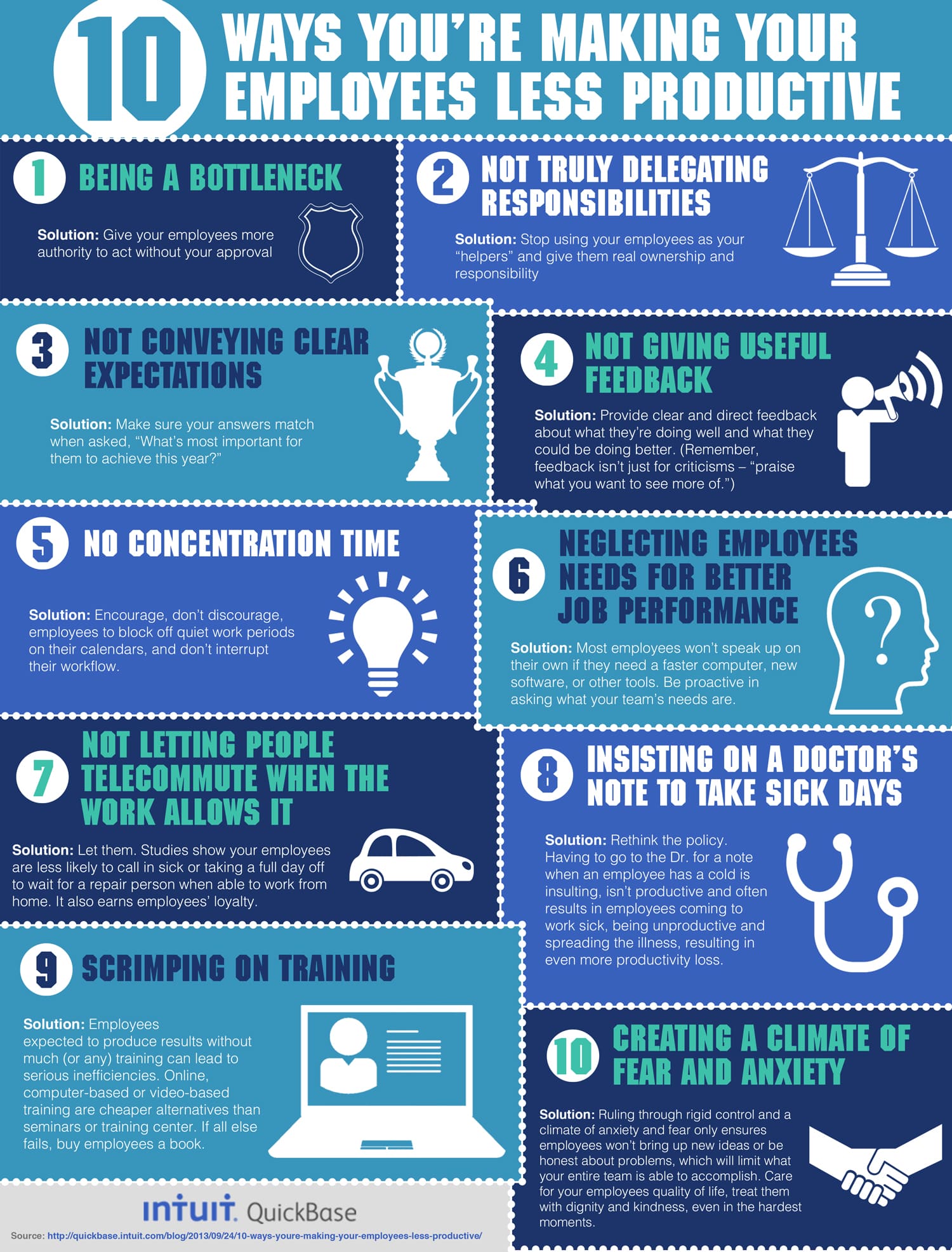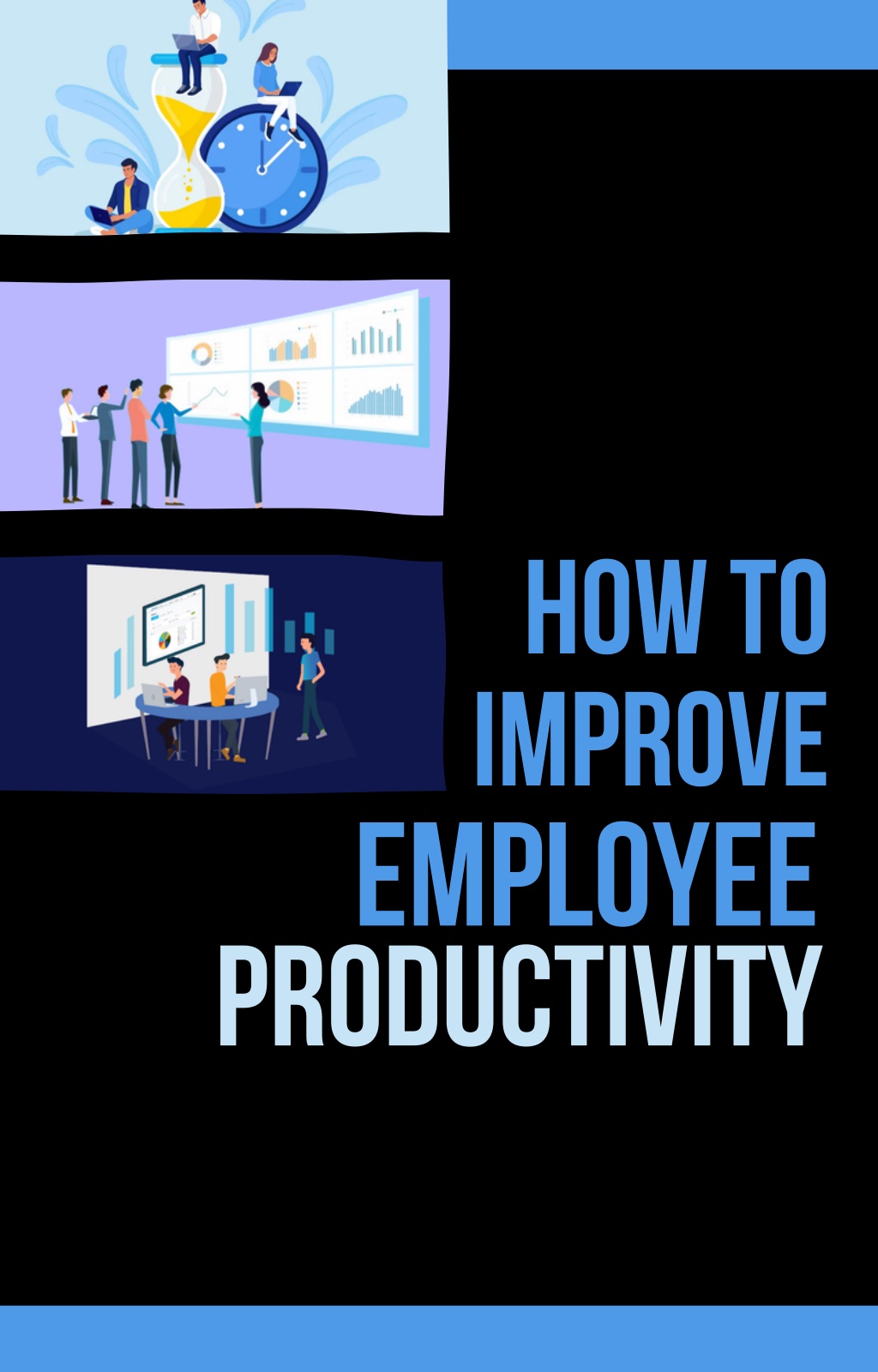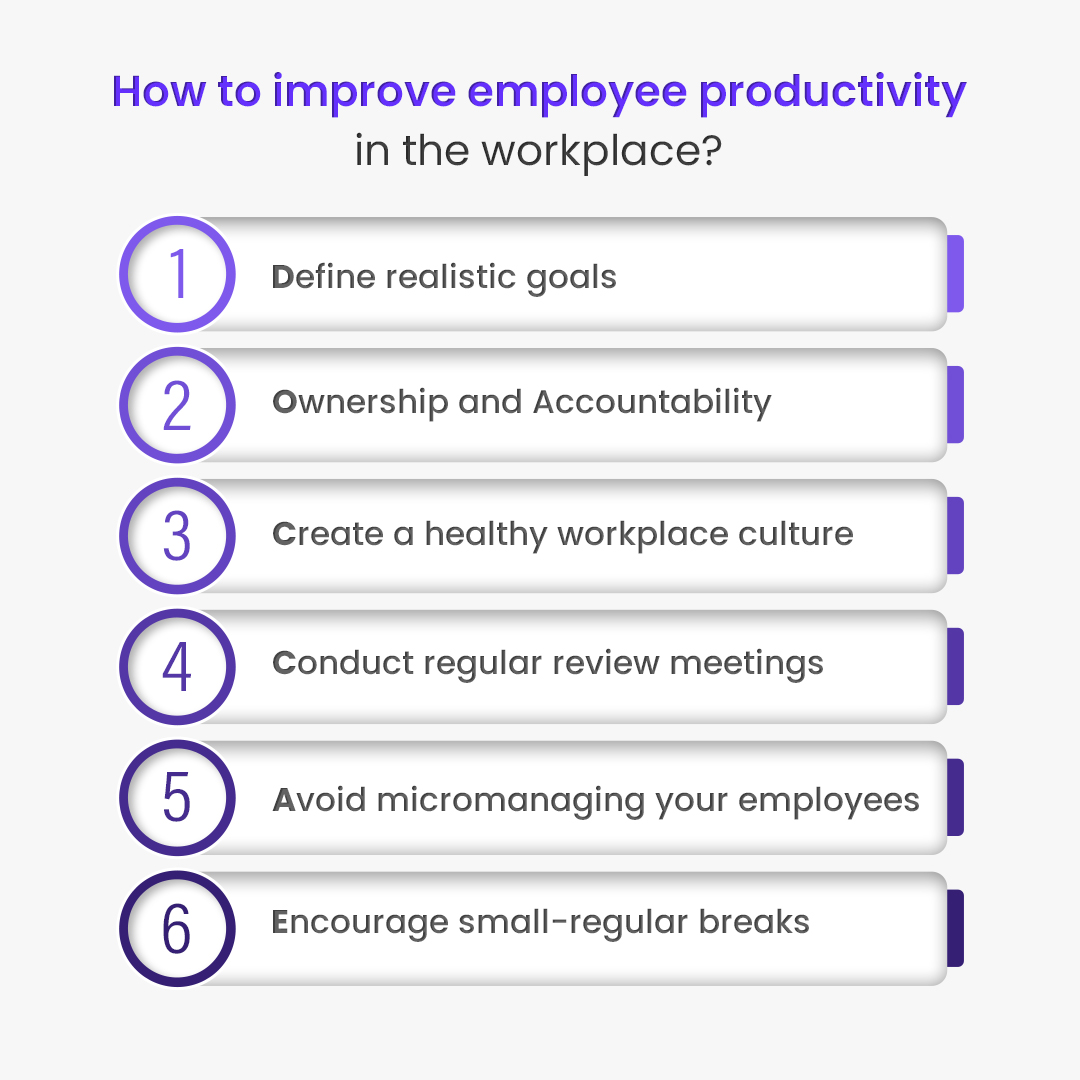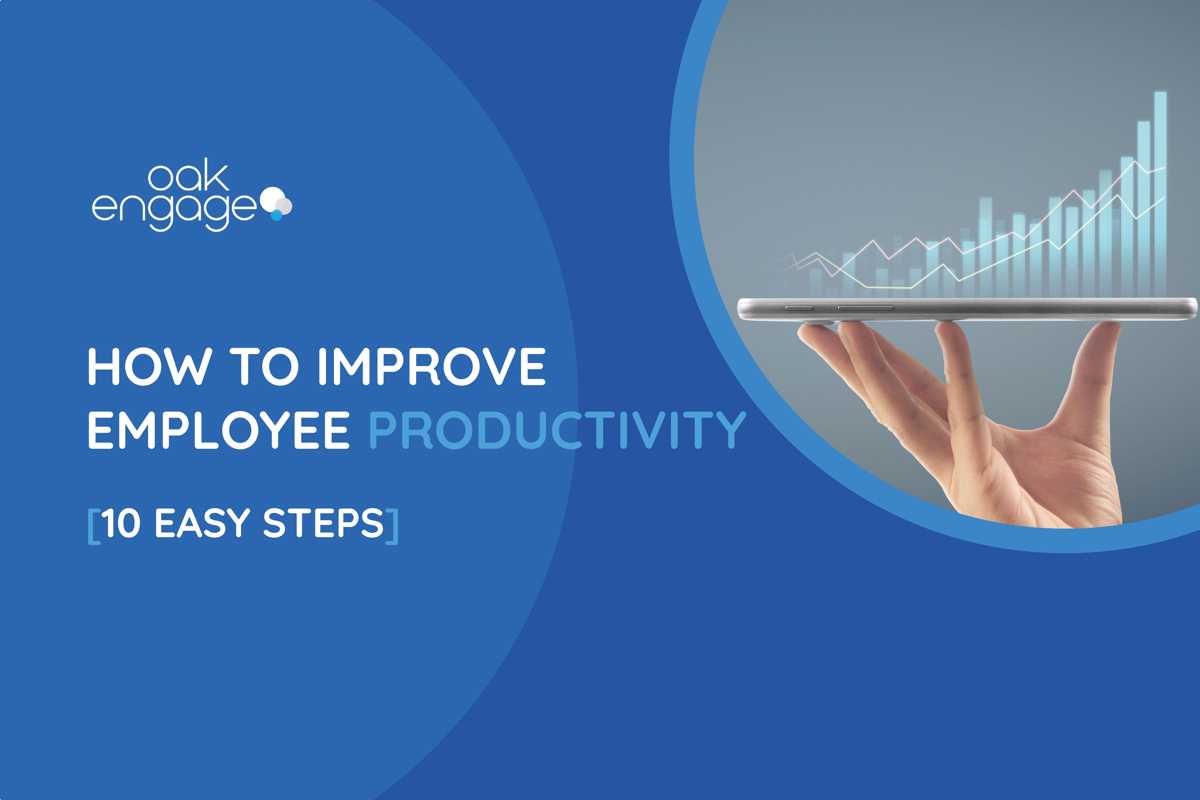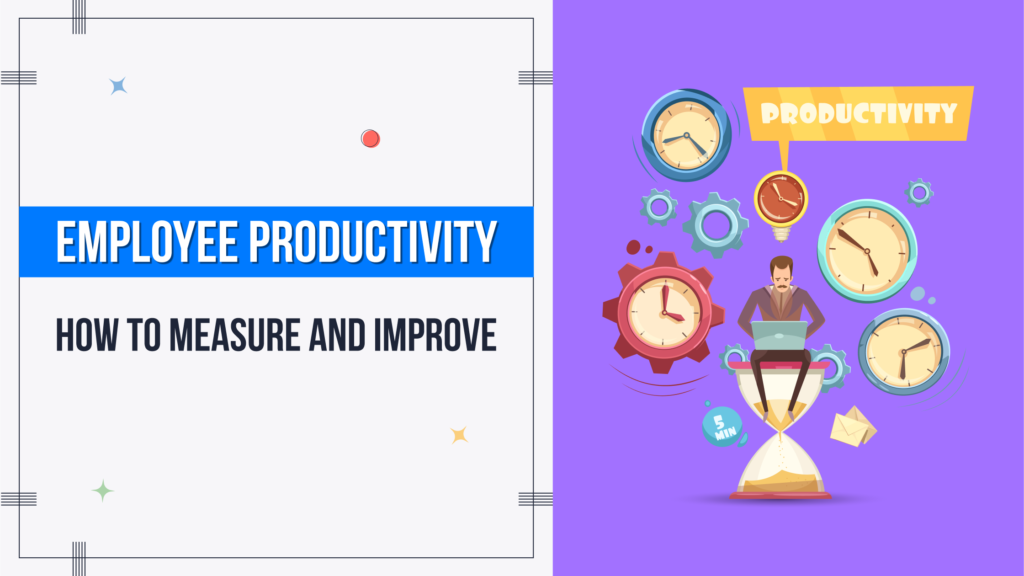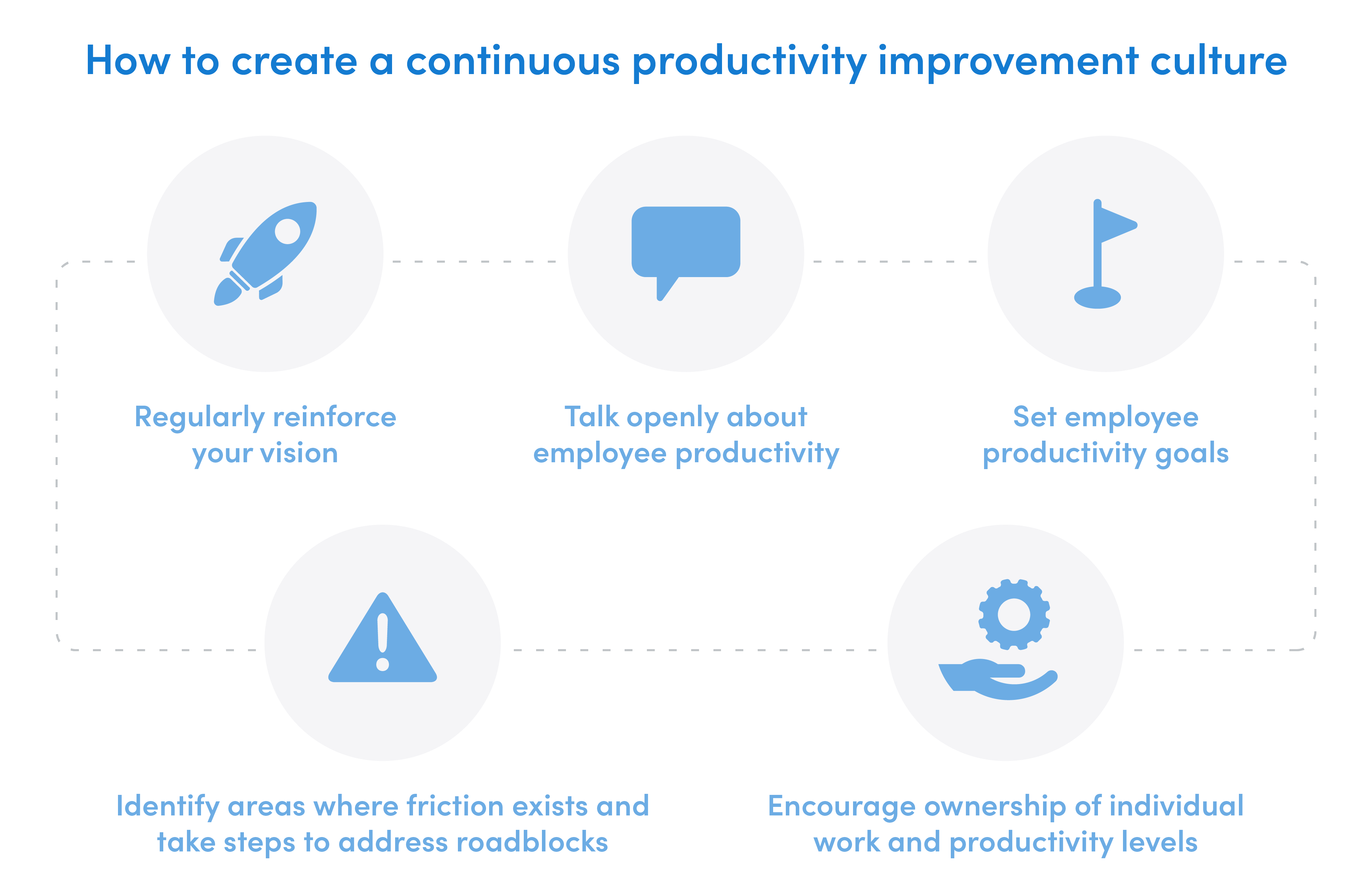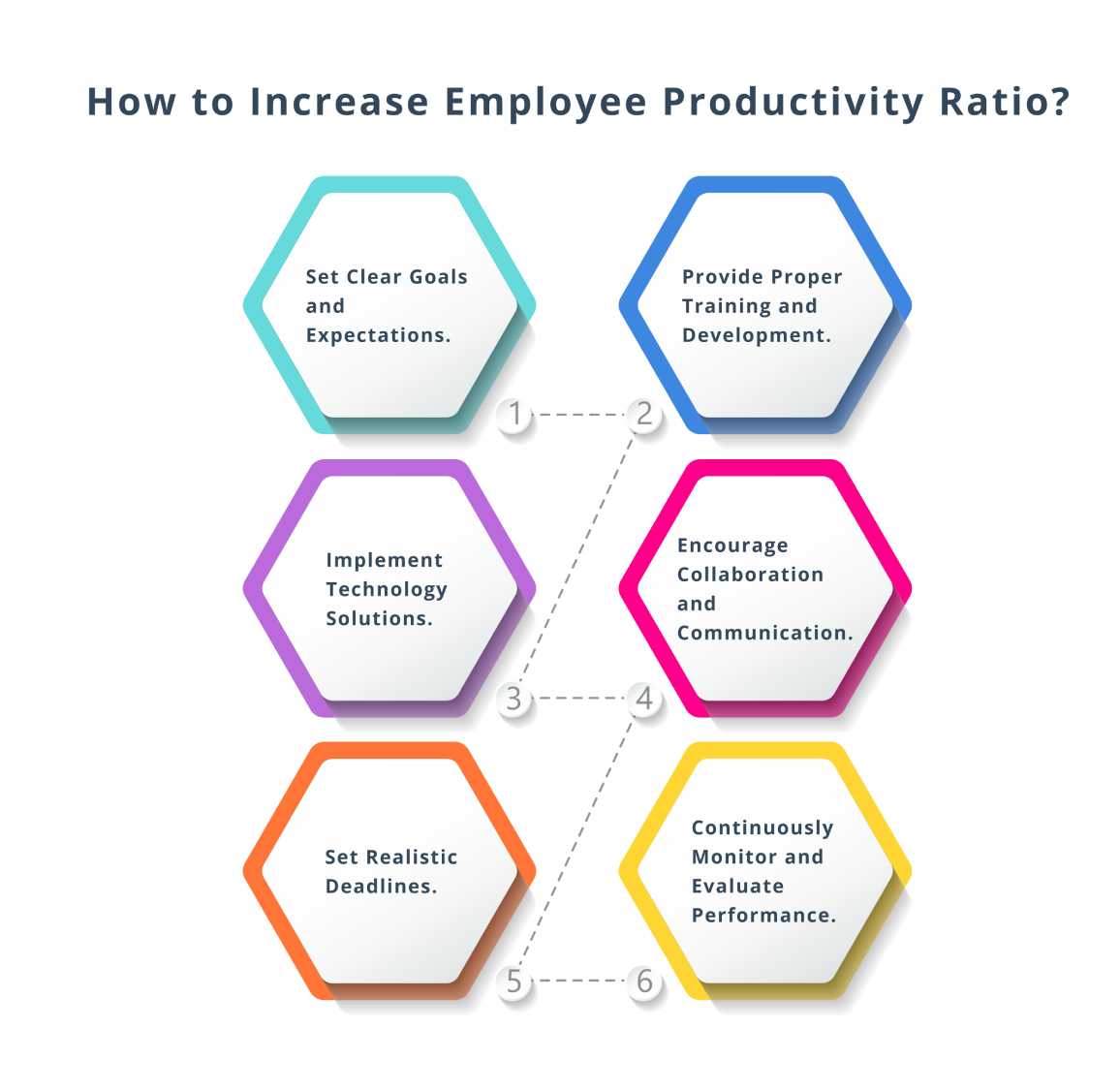How To Improve Employee Productivity
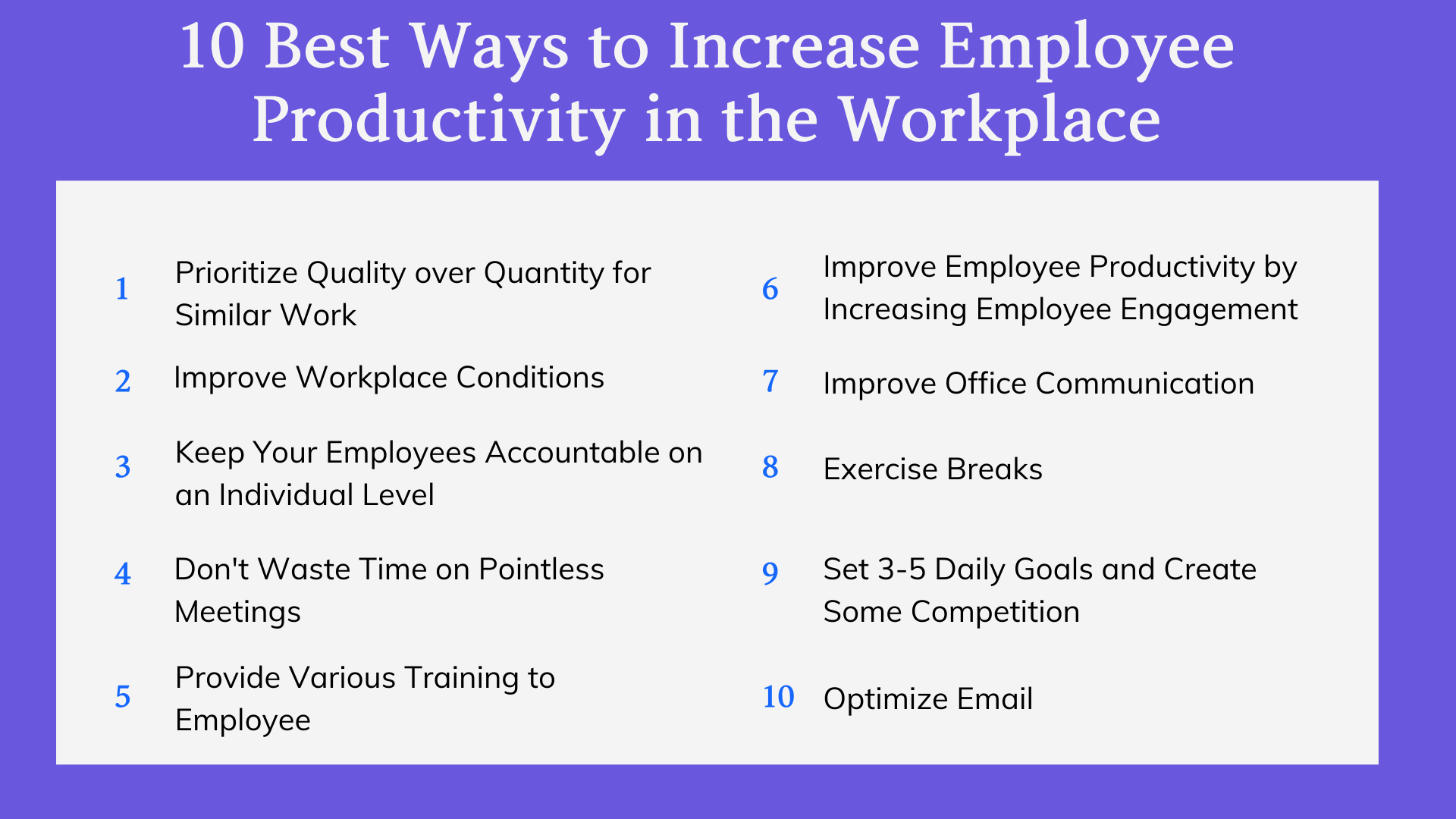
Imagine a bustling office, not filled with stressed faces and frantic typing, but with focused energy and genuine collaboration. Sunlight streams through the windows, illuminating plants strategically placed to soften the edges of technology. Laughter punctuates the hum of activity, a clear sign that people are not just working, but thriving.
The key to unlocking this idyllic workplace lies in understanding and implementing strategies to improve employee productivity. This isn't about squeezing more work out of individuals, but about creating an environment where they can perform at their best. It is also about investing in employee well-being and fostering a culture of support and growth.
The Foundation: A Supportive Work Environment
Creating a supportive environment begins with open communication and clear expectations. Employees need to understand their roles, responsibilities, and how their work contributes to the overall goals of the company.
Regular feedback, both positive and constructive, is crucial. It allows employees to understand their strengths and areas for improvement, fostering a sense of growth and development.
According to a 2023 Gallup poll, employees who receive regular feedback are nearly three times more engaged than those who don't.
Investing in Employee Well-being
Employee well-being is no longer a perk; it's a necessity. Stress and burnout significantly impact productivity, leading to decreased focus, creativity, and overall performance.
Offering benefits such as flexible work arrangements, mental health resources, and wellness programs can make a significant difference. These resources should be accessible and destigmatized.
The American Psychological Association reports that companies with comprehensive wellness programs see a 28% reduction in sick leave.
Empowering Employees Through Training and Development
Investing in employee training and development is an investment in the future of the company. Equipping employees with the skills and knowledge they need not only improves their performance but also increases their job satisfaction.
Offer opportunities for employees to learn new technologies, develop leadership skills, and expand their expertise. This keeps them engaged and motivated.
"Continuous learning is the minimum requirement for success in any field,"said Denis Waitley, highlighting the importance of ongoing development.
Technology as an Enabler, Not a Distraction
Technology should be a tool that enhances productivity, not hinders it. Ensure that employees have access to the right technology and the training to use it effectively.
This includes providing user-friendly software, reliable hardware, and efficient communication platforms. Consider implementing project management tools to streamline workflows and improve collaboration.
Be mindful of potential distractions, such as excessive notifications and unnecessary meetings. Encourage employees to set boundaries and prioritize their tasks.
Fostering a Culture of Recognition
Recognizing and appreciating employees for their contributions is essential for boosting morale and motivation. It shows employees that their work is valued and appreciated.
Implement a system for recognizing both individual and team achievements, whether it's through formal awards, public acknowledgements, or simple thank-you notes. The key is to be sincere and specific in your praise.
According to a study by SHRM, organizations with strong recognition programs report 31% lower voluntary turnover rates.
Leading by Example
Leaders play a crucial role in fostering a productive work environment. They need to set a positive example by demonstrating the values and behaviors they want to see in their employees.
This includes being approachable, supportive, and actively listening to employee concerns. Leaders should also prioritize their own well-being and model healthy work habits.
Ultimately, improving employee productivity is a continuous process that requires ongoing attention and adaptation. It's about creating a work environment where employees feel valued, supported, and empowered to do their best work.

